Premium Only Content
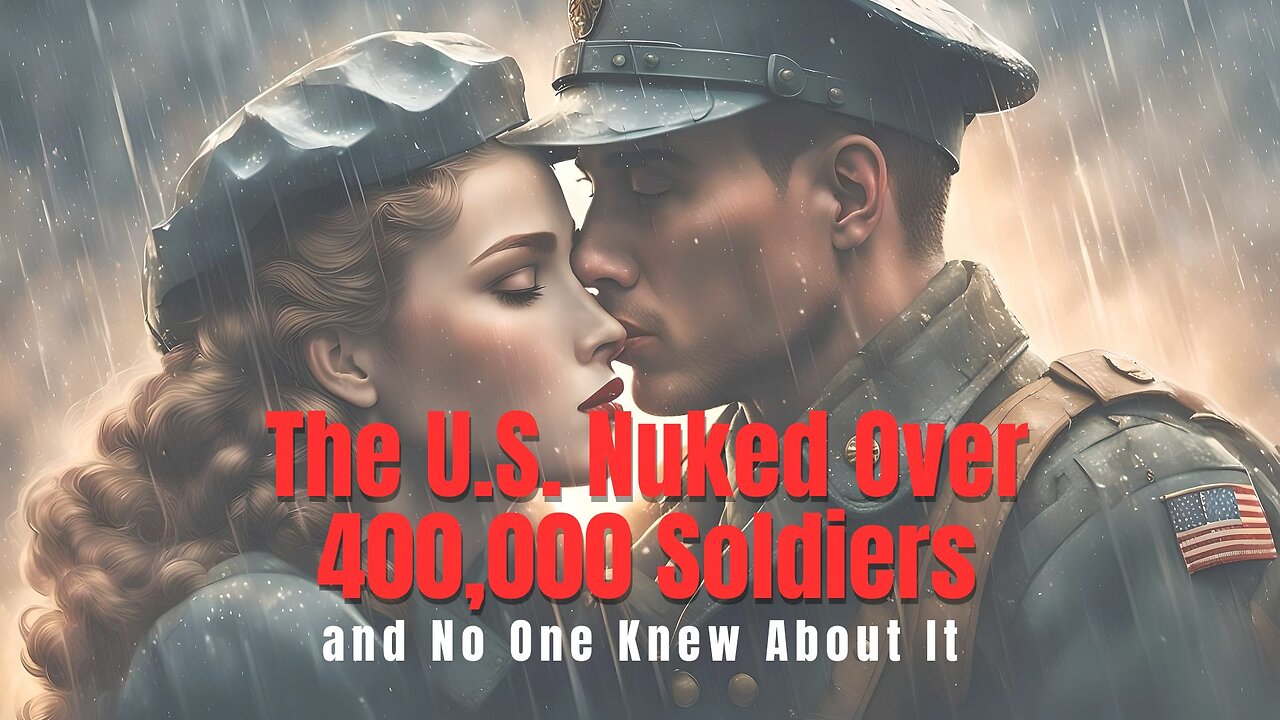
The U.S. Nuked +400,000 Soldiers & No One Knew About It for Over 50 Years.
Atomic Veterans Were Silenced for 50 Years. Now, They're Talking. No hype, no narration, no music, just the accounts of the people who were there. “It was completely daylight at midnight—brighter than the brightest day you ever saw,” says another.
Many tales of the atomic bomb, however, weren’t told at all. In addition to the hundreds of thousands of Japanese civilians who died in Hiroshima and Nagasaki, an estimated 400,000 American soldiers and sailors also observed nuclear explosions—many just a mile or two from ground zero. From 1946 to 1992, the U.S. government conducted more than 1,000 nuclear tests, during which unwitting troops were exposed to vast amounts of ionizing radiation. For protection, they wore utility jackets, helmets, and gas masks. They were told to cover their face with their arms.
After the tests, the soldiers, many of whom were traumatized, were sworn to an oath of secrecy. Breaking it even to talk among themselves was considered treason, punishable by a $10,000 fine and 10 or more years in prison.
In Knibbe’s film, some of these atomic veterans break the forced silence to tell their story for the very first time. They describe how the blast knocked them to the ground; how they could see the bones and blood vessels in their hands, like viewing an X-ray. They recount the terror in their officers’ faces and the tears and panic that followed the blasts. They talk about how they’ve been haunted—by nightmares, PTSD, and various health afflictions, including cancer. Knibbe’s spare filmmaking approach foregrounds details and emotion. There’s no need for archival footage; the story is writ large in the faces of the veterans, who struggle to find the right words to express the horror of what they saw during the tests and what they struggled with in the decades after.
Knibbe told me that he has long been fascinated with the self-destructive tendencies of mankind. When he found declassified U.S. civil-defense footage of soldiers maneuvering in the glare of the mushroom cloud of an atomic bomb, he was “absolutely amazed and wanted to learn more about their stories.” His efforts to dig deeper were curtailed by the fact that most of the information about the nuclear tests was classified—including reports on the illnesses the veterans suffered and the radioactive pollution that was released into the environment around the test sites. “I was baffled by the lack of recorded testimonies available,” he said.
Knibbe began trying to contact veterans through the National Association of Atomic Veterans, eventually traveling across the United States to meet them and hear their stories. He was stunned and saddened by what he learned. “They were confronted by such an incredible destructive power that they were immediately shocked into an existential crisis,” Knibbe said. “It was like they saw the creation of the universe. They were confronted with an enemy they could never defeat. It was something really difficult for them to describe.”
“For 10 years now, I’ve been trying to get compensation, but the government does not want to admit that anybody was harmed by any radiation,” says one man in the film. Knibbe said he has spoken with more than 100 U.S. atomic veterans, all of whom share similar stories of the government’s intransigence. One of the few studies conducted on atomic veterans found that the 3,000 participants in a 1957 nuclear test suffered from leukemia at more than twice the rate of their peers.
Bill Clinton relieved the veterans’ oath of secrecy in 1994, but the announcement was eclipsed by news from the O. J. Simpson trial. “Most of the atomic veterans didn’t even know the oath of secrecy was lifted,” Knibbe said. Most went on to believe that they were not allowed to talk about their experiences, even to seek help for their health problems. Many took the secret to their grave.
SOURCE
The Atlantic
https://www.theatlantic.com/video/index/590299/atomic-soldiers/
-
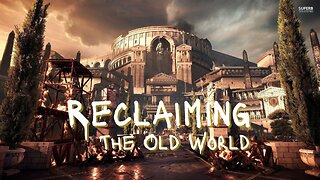 30:52
30:52
The Aquarius Bus
1 month agoA Look At Reclaiming The Old World by Introducing The Industrial Revolution
9603 -
 41:37
41:37
Kimberly Guilfoyle
1 hour agoPresident Trump Making all the Right Moves,Live with Border Union Chief Paul Perez & Lawyer Steve Baric | Ep. 176
10.5K1 -
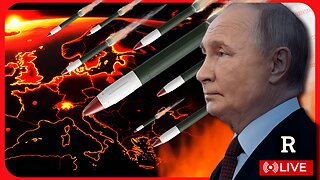 LIVE
LIVE
Redacted News
2 hours agoBREAKING! Putin just SHOCKED the world, launches nuclear capable warheads "NATO can't stop it"
19,494 watching -
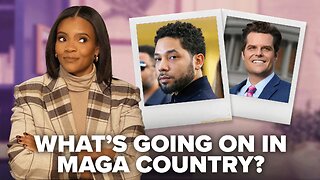 55:37
55:37
Candace Show Podcast
2 hours agoMatt Gaetz Out, Jussie Smollett Walks Free! | Candace Ep 108
17.7K57 -
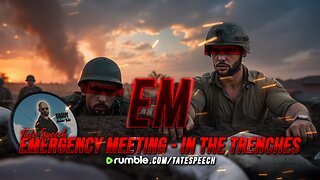 LIVE
LIVE
Tate Speech by Andrew Tate
9 hours agoEMERGENCY MEETING EPISODE 92 - IN THE TRENCHES
83,953 watching -
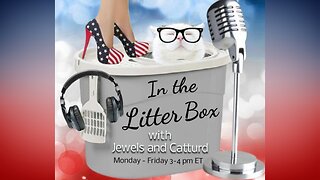 1:01:23
1:01:23
In The Litter Box w/ Jewels & Catturd
21 hours agoThe Trump Effect | In the Litter Box w/ Jewels & Catturd – Ep. 696 – 11/21/2024
33.8K17 -
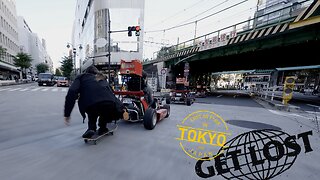 20:53
20:53
SLS - Street League Skateboarding
2 days agoGold Medals, World Class Food, Night life & more - Get Lost: Tokyo
12.5K -
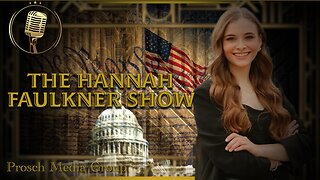 47:13
47:13
PMG
17 hours ago"Hannah Faulkner and Doug Billings | WHY LIBERALS LOST THE ELECTION"
1.21K -
 59:01
59:01
The Liberty Lobbyist
3 hours ago"We Only Have NOW To Make a Difference"
9.97K2 -
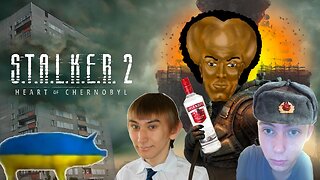 4:16:41
4:16:41
CatboyKami
5 hours agoStalker 2 Blind playthrough pt1
6.7K1